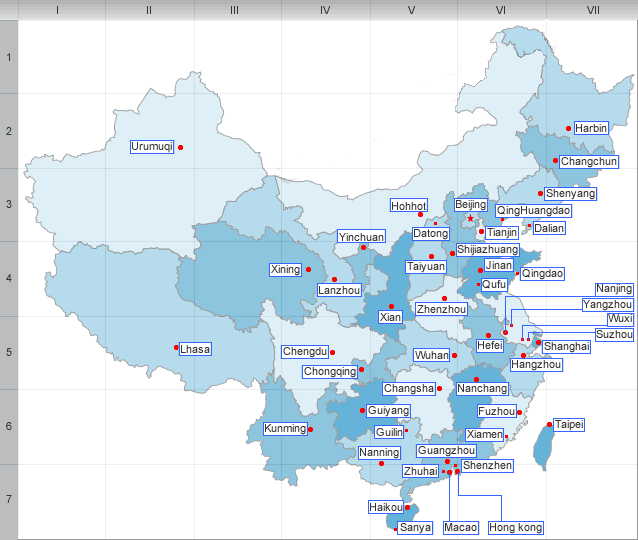History of Hunan
History
Hunan entered the written history of China around 350 BC, when under the kings of the Zhou dynasty it became part of the State of Chu. Until then Hunan was a land of primeval forests, occupied by the ancestors of the modern Miao, Tujia, Dong and Yao peoples, but starting at this time and for hundreds of years thereafter it was a magnet for migration of Han Chinese from the north, who cleared most of the forests and began farming rice in the valleys and plains. To this day, many of the small villages in Hunan are named after the Han families which originally settled there. Migration from the north was especially prevalent during the Eastern Jin Dynasty and the Southern and Northern Dynasties Periods.
Hunan was, together with Hubei, a part of the province of Huguang till the Qing dynasty. Until the reign of Kangxi, Hubei and Hunan formed one province in 1664.
The Taiping Rebellion which began to the south in Guangxi Province in 1850 spread into Hunan and then further eastward along the Yangtze River valley, but ultimately it was a Hunanese army under Zeng Guofan which marched to Nanjing and put down the uprising in 1864.
Hunan was relatively quiet until 1910 when there were uprisings against the crumbling Qing dynasty, which were followed by the Autumn Harvest Uprising of 1927 led, which established a short-lived Hunan soviet in 1927. The Chinese Communist Party maintained a guerilla army in the mountains along the Hunan-Jiangxi border until 1934. Hunan was also the scene of bitter fighting during the Sino-Japanese War (1937 – 45).
| PREV:Transportation and Tourism of Hubei | Next:Geography and climate of Hunan |



